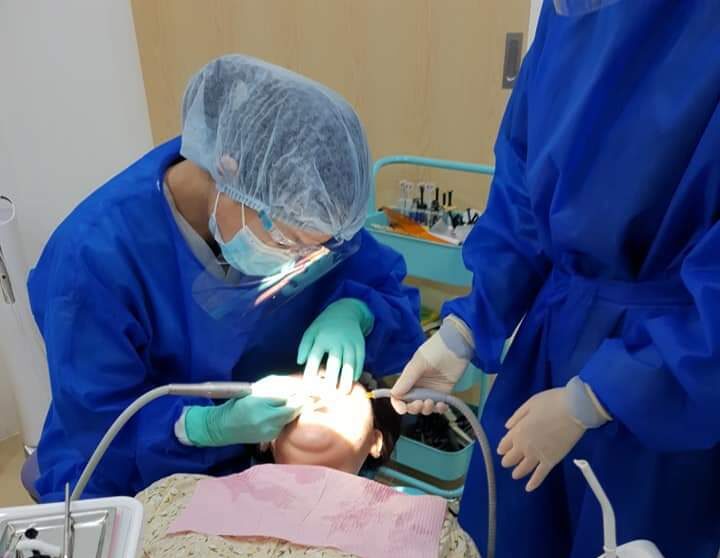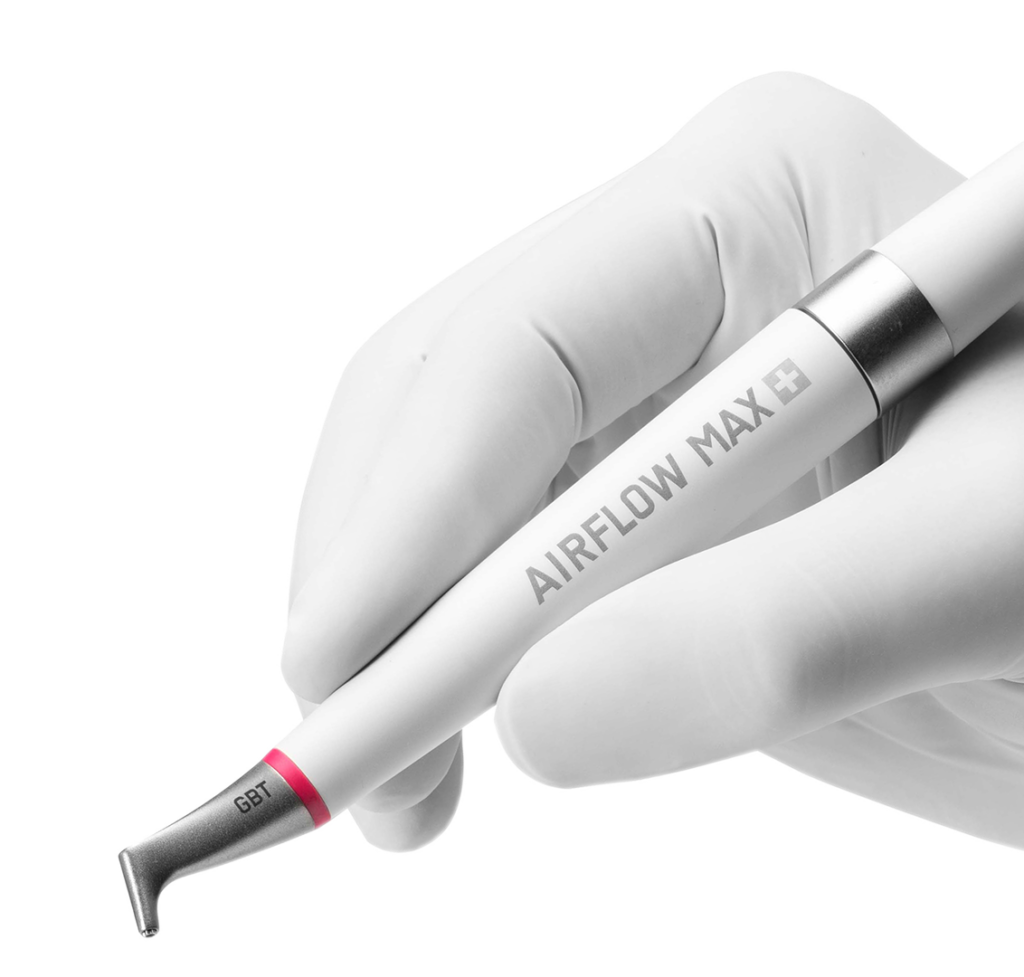Teeth Whitening Aftercare
Immediate whitening results may look quite dramatic due to temporary dehydration of your teeth.
It is normal for the colour to “settle” or slightly tone down after treatment when teeth rehydrate.
Mild sensitivity (to cold or hot foods) is common and usually lasts 24–48 hours.
Gum irritation may occur if whitening gel touched the gums but will subside quickly.
Avoid staining foods and drinks such as coffee, tea, red wine, soy sauce, and curry.
Follow a “white diet”: rice, pasta, milk, white bread, chicken, fish, cauliflower, yogurt.
Avoid highly acidic drinks (soda, citrus juices) to minimise sensitivity.
Brush gently with a soft toothbrush and fluoride toothpaste.
Avoid whitening toothpastes for a few days to prevent extra sensitivity.
Use lukewarm water or alcohol-free mouthwash for rinsing.
Use desensitising toothpaste (e.g., potassium nitrate formulas).
Limit very hot or cold foods for the first 24–48 hours.
Contact your dentist if sensitivity continues beyond a few days.
Long-term whitening results vary depending on your habits (e.g., smoking, coffee, tea, wine).
“Touch-up” treatments are recommended every 6–12 months. Ask your dentist about options such as home kits or in-clinic touch-ups.
Scaling and polishing every 6 months helps keep teeth bright.
Avoiding or reducing staining foods/drinks will prolong results.
Existing dental work (fillings, crowns, veneers, bonding) will not whiten and may appear darker compared to newly whitened teeth. These might need replacement for a uniform smile.
Final shade varies from patient to patient, depending on original tooth colour and lifestyle.
Whitening is safe and effective but must be maintained with good oral hygiene and regular dental visits.


